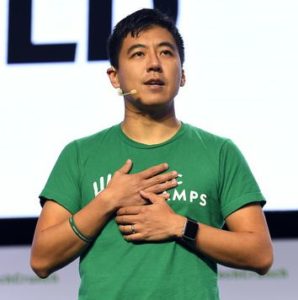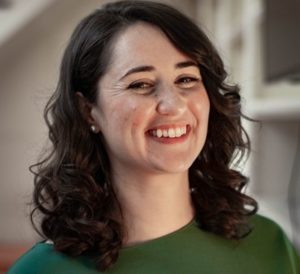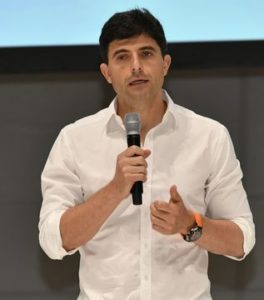Civic Champs : An App that Helps Nonprofit Organisations to Manage their Volunteers
In a world, where everyone is delving deeper into the competitiveness seeking powerful jobs in the corporate world, let’s have a look at the story of Civic Champs, a mobile app that is helping the nonprofit organizations manage to volunteer. According to Geng Wang and Ryan Underdahl, the founders of Civic Champs, the nonprofit organizations should focus more on their aim and less on tracking volunteers. So, as an initiative to help organizations like these, with a bigger goal to improve our world, they founded Civic Champs in 2019. It has not even been a month that the company has been established, but it is receiving unexpected appreciation and support.
The Founders
Wang went to Michigan State University and completed his Bachelor’s in Supply Chain Management and International Relations in 2008, after which, he went to Harvard to complete his MBA. Wang has a very versatile career profile as he worked as a summer intern in Shell Oil Company, worked as a content manager in a business centre, business analyst at McKinsey and Company, a summer associate at Cue Ball Capital and not to mention deeply engaged in volunteering.
Wang has also co-founded TeamCartoon.com, Rent Jungle and Community Elf. He also served as a board member at Drizzle, Advisory Board Member at The Bee Corp and Clever Real Estate. Wang is still a part of The Bee Corp even after founding Civic Champs.

After graduating from Boise State University in 2010 with a Bachelor’s degree in Business Administration, Underdahl went to Kelly School of Business under Indiana University after seven long years. In these span of seven years, Underdahl served as a District Manager (Gitanjali Gems Ltd), Store Manager (Signet), Intern at LRAP Association and currently as the CEO of Civic Champs.
During Underdahl’s days in LRAP Association, he came across Wang and both of them together along with three other employees decided to open Civic Champs.
What is Civic Champs and how it works?
Wang, along with Underdahl, created Civic Champs to help the nonprofit organizations easily deal with volunteering. The platform is created nearly six months ago as a great initiative for social upliftment. Both the volunteers and the nonprofit organizations can interact with each other in a hassle-free and efficient way, thus, making the work of such organizations even easier.
The first and the only, product of the company till date is a mobile-first platform through which the nonprofit organizations can track volunteering and can engage with them. The mobile-based application of Civic Champs is available for iPhone. Like every other application, Civic Champs also uses GPS technology, and along with that, a geofence. A geofence is a part of modern GPS technology that creates a virtual geographical boundary and based on that, the users are alerted when a volunteer is leaving or entering in a particular zone. Basically, once the data is used from a volunteer’s phone it gets tracked, and hence, the users receive an update.
The volunteers, thereby, receive messages from the organizations, if they are free to volunteer, and the app keeps a record of the volunteer hours, by collecting relevant information. Since the app is created for the nonprofit organizations, Civic Champs also receives a donation from the volunteers working for them.
The question may arise that how can there be so many enthusiastic people in a town who can be interested to volunteer for the nonprofit organizations.
Talking about that, My Sister’s Closet is one of the nonprofit organizations that are registered to Civic Champs. The organization provides professional training to low-income women and especially to those women who are not socially accepted. More than 350 people volunteer in this organization through the website of Civic Champs. With the help of Civic Champs’ database, the organisation keeps the data of the volunteers, and without wasting any time, it reaches to them whenever they require them. The story is the same for many other organizations.
The Team and Funding
Within the period of six months, Civic Champs has raised $312,000 in the pre-seed round. The company’s headquarters are based in Great Lakes, Midwestern U.S., and the team currently comprises of ten members. A great initiative taken by Civic Champs has inspired people to sign up both as a volunteer as well as donors, and it will flourish more in the near future.

Annasha Dey is an NIT student, who apart from studying engineering is also a content writer. She has a great interest in photography, writing, reading novels, and travelling as well. She is a foodie who loves socializing and hanging out with her friends. She is also a trained Kathak dancer and a big fashion enthusiast. Dey also loves watching TV series, which includes F.R.I.E.N.D.S. and Big Bang Theory. To be a better writer she prefers to read more











